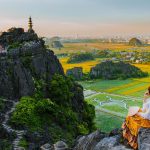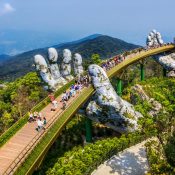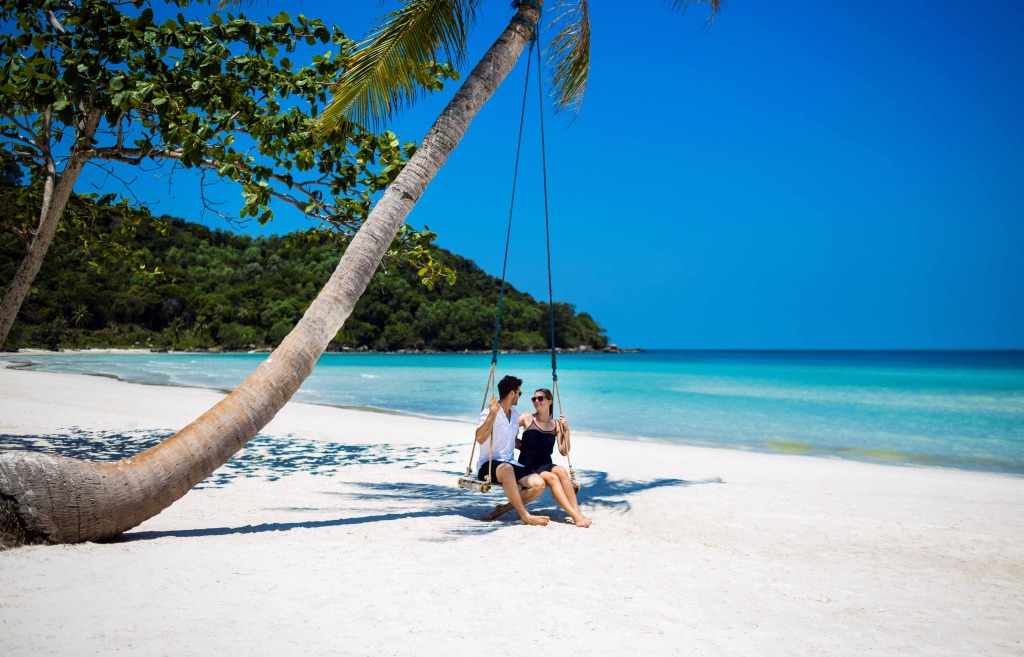What First-Time Visitors Should Know About Vietnam: The Ultimate Travel Guide
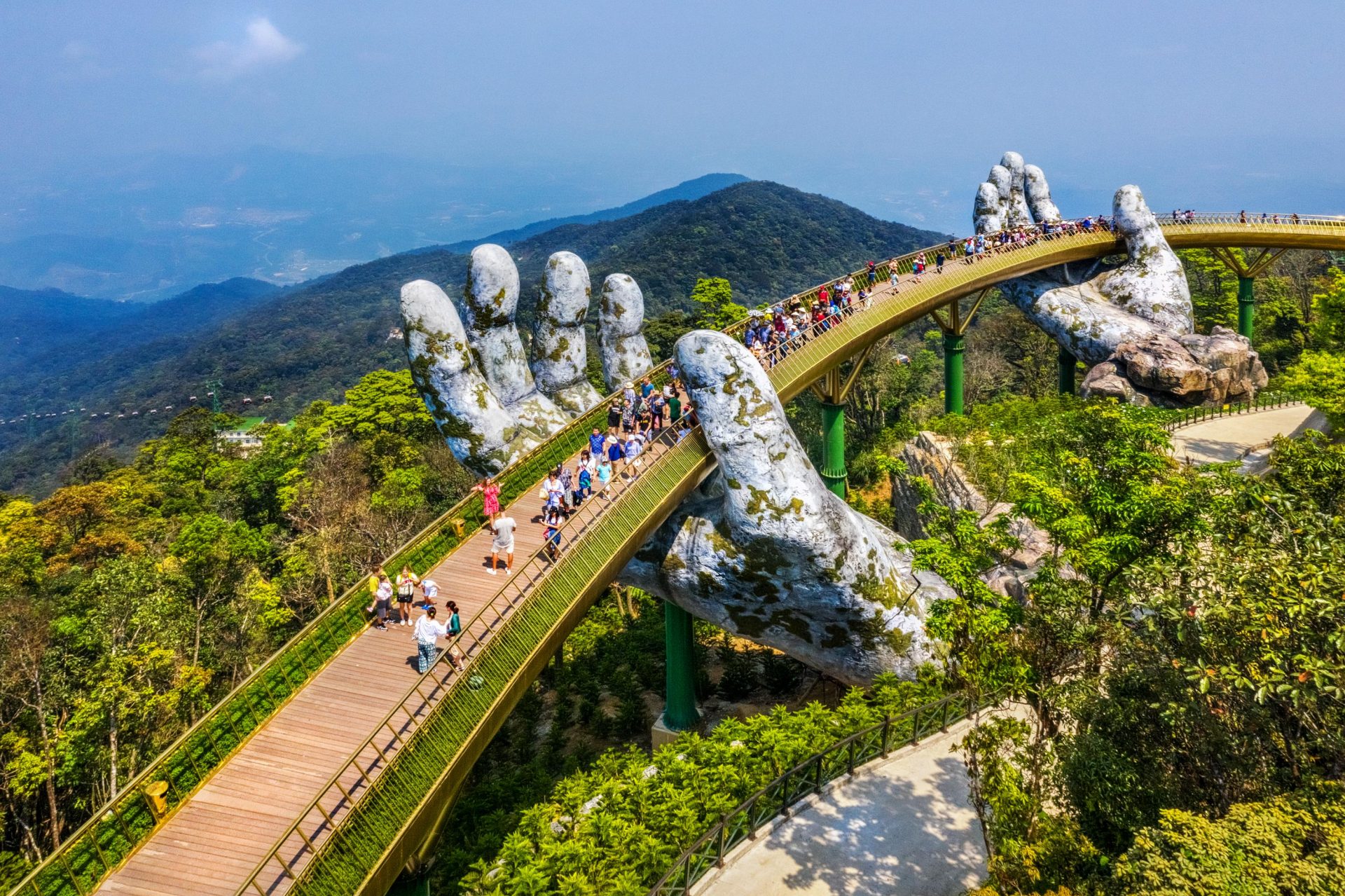

What First-Time Visitors Should Know About Vietnam: The Ultimate Travel Guide
Contents
- Why Vietnam Should Be on Your Travel Bucket List
- Key Destinations to Include in Your Vietnam Tour
- Best Time to Visit Vietnam
- Navigating Vietnam: Transportation Tips
- Vietnamese Cuisine: What to Expect
- Cultural Etiquette and Local Customs
- Safety and Health Tips for First-Time Visitors
- Budgeting for Your Vietnam Tour
- Responsible Tourism in Vietnam
- Conclusion
Vietnam has emerged as one of Southeast Asia’s most captivating travel destinations, offering an intoxicating blend of ancient traditions and modern dynamism. From the bustling streets of Hanoi to the pristine beaches of Phu Quoc Island, this S-shaped country promises experiences that will leave lasting impressions on every traveler. With its rich cultural heritage, diverse landscapes stretching from mountainous terraces to tropical coastlines, and remarkably affordable travel experiences, Vietnam continues to attract millions of visitors annually.
Are you ready for an unforgettable Vietnam tour that will challenge your senses and broaden your perspective? Whether you’re drawn by the aromatic street food culture, the stunning natural wonders, or the warm hospitality of the Vietnamese people, this comprehensive guide will equip you with everything you need to know for your first visit to this remarkable nation.
Why Vietnam Should Be on Your Travel Bucket List
Vietnam’s appeal lies in its extraordinary diversity and authenticity. The country’s tumultuous yet fascinating history has created a unique cultural tapestry where French colonial influences seamlessly blend with ancient Asian traditions. From the ornate temples of Hue to the modern skyscrapers of Ho Chi Minh City, Vietnam travel offers a journey through time that few destinations can match.
The affordability factor makes Vietnam particularly attractive for travelers seeking maximum value. Your dollar stretches remarkably far here, allowing you to enjoy luxury accommodations, gourmet meals, and unique experiences at a fraction of what you’d pay in Western countries. A bowl of authentic pho costs less than $2, while a comfortable hotel room can be secured for under $30 per night.
Beyond the economic advantages, Vietnam’s natural beauty is simply breathtaking. The country boasts eight UNESCO World Heritage sites, including the iconic Halong Bay with its emerald waters and towering limestone karsts, and the ancient town of Hoi An with its perfectly preserved architecture. Whether you’re seeking adventure in the mountainous north, relaxation on tropical beaches, or cultural immersion in historic cities, Vietnam delivers experiences that cater to every type of traveler.
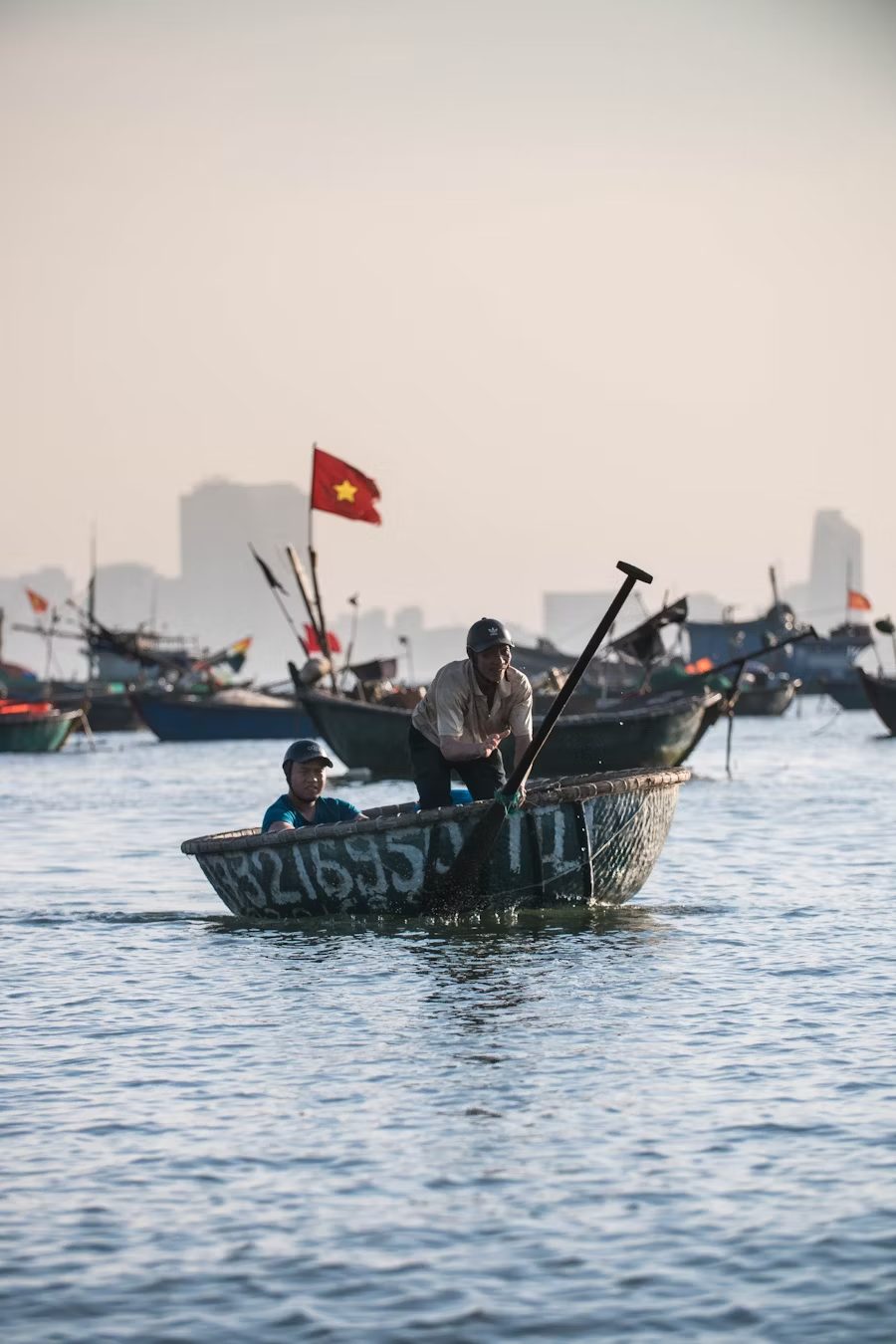

Key Destinations to Include in Your Vietnam Tour
Hanoi: The Cultural Heart of Vietnam
Vietnam’s capital city serves as the perfect introduction to the country’s rich heritage. Hanoi seamlessly blends French colonial architecture with traditional Vietnamese design, creating a unique urban landscape that tells the story of the nation’s complex history. The Old Quarter’s narrow streets buzz with motorbike traffic, street food vendors, and traditional craft shops, while the tranquil Hoan Kiem Lake offers a peaceful respite in the city’s heart.
Don’t miss the Temple of Literature, Vietnam’s first university, or the fascinating Museum of Ethnology, which provides insights into the country’s 54 ethnic groups. The weekend night market and the famous Train Street (though access is now restricted) remain popular attractions that showcase Hanoi’s vibrant street life.
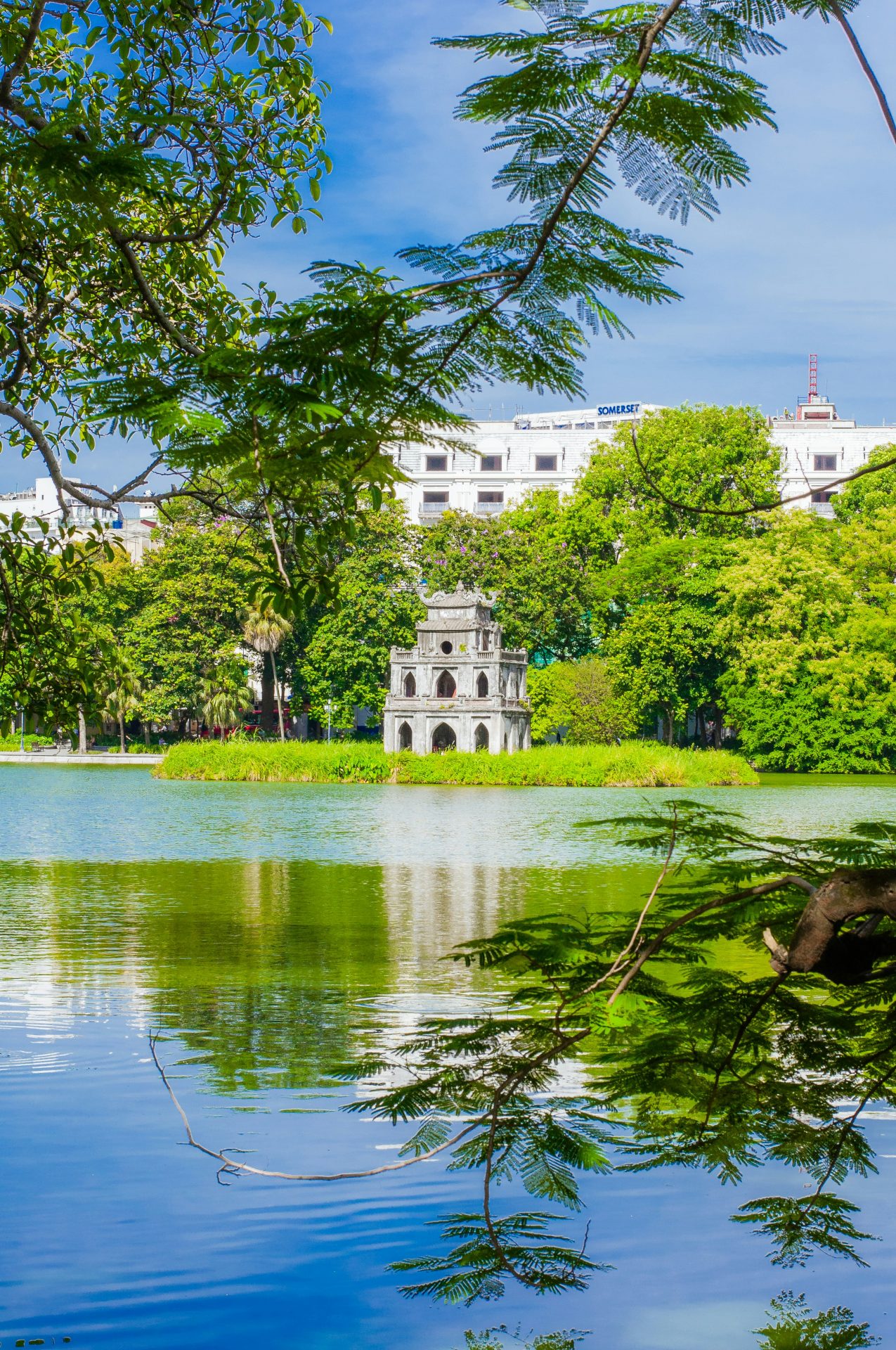

Halong Bay: Nature’s Masterpiece
This UNESCO World Heritage site stands as Vietnam’s most iconic natural wonder. Halong Bay’s 1,600 limestone islands and islets rising from emerald waters create a landscape so stunning it seems almost mythical. Most visitors explore the bay on traditional junk boats, offering opportunities to kayak through hidden lagoons, visit floating fishing villages, and discover ancient caves adorned with stalactites and stalagmites.
For the best experience, consider staying overnight on a cruise boat to witness the bay’s magical sunrise and sunset. The nearby Cat Ba Island provides excellent hiking opportunities and pristine beaches for those seeking more active adventures.
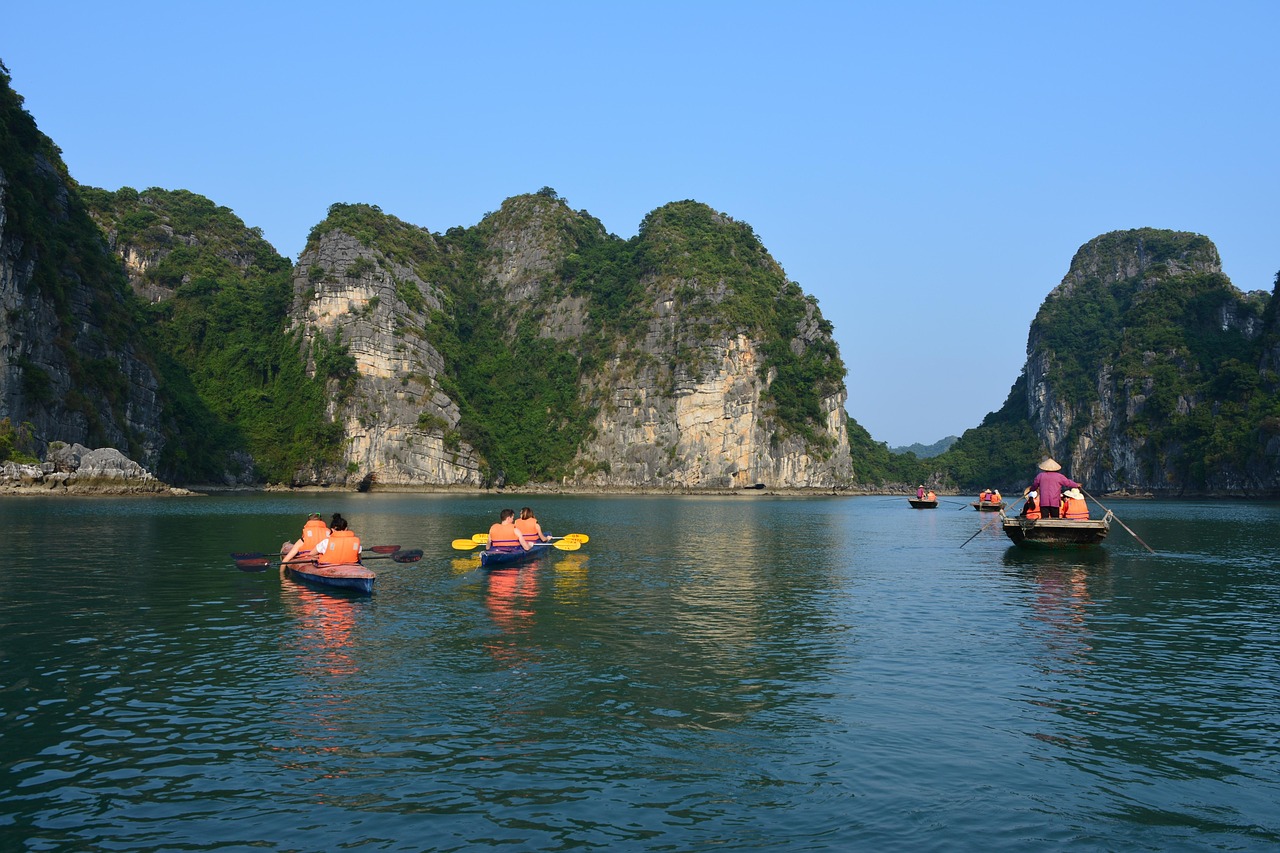

Hue: Imperial Grandeur
The former imperial capital of Vietnam, Hue offers a glimpse into the country’s royal past. The Imperial City, a walled fortress and palace complex, houses ornate temples, pavilions, and gardens that once served as the seat of the Nguyen Dynasty. The elaborate Royal Tombs scattered around the city provide additional insights into Vietnamese imperial architecture and burial traditions.
A leisurely boat trip along the Perfume River offers beautiful views of the city’s temples and pagodas, while the bustling Dong Ba Market provides an authentic local shopping experience. Hue is also renowned for its refined cuisine, which developed from imperial court cooking traditions.
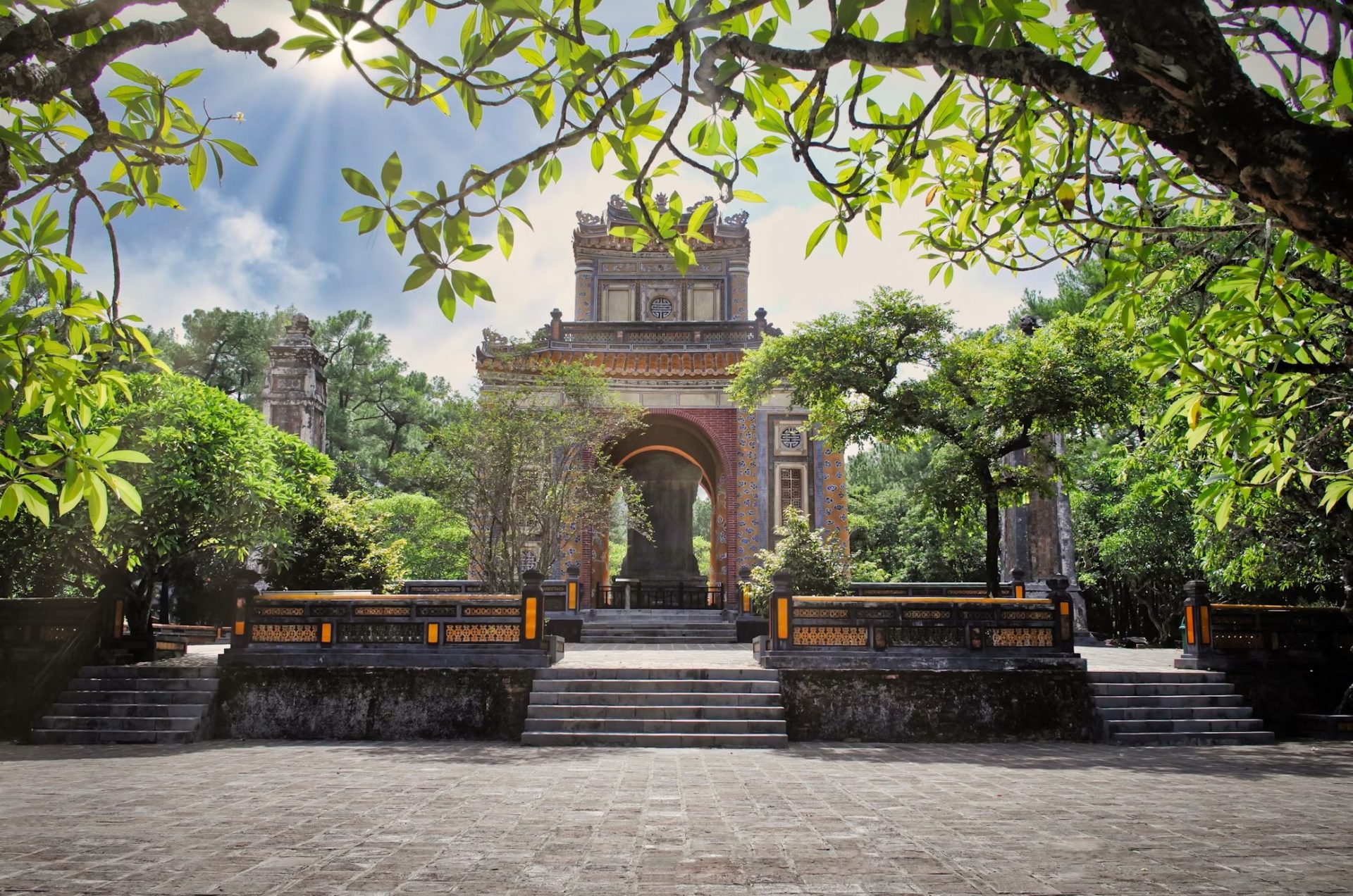

Hoi An: Ancient Charm Preserved
This UNESCO World Heritage site captivates visitors with its remarkably well-preserved ancient architecture and romantic atmosphere. Hoi An’s car-free historic center features hundreds of wooden shop houses, Chinese temples, and the iconic Japanese Covered Bridge, all illuminated by colorful lanterns after dark.
The town’s proximity to beautiful beaches, combined with its reputation as Vietnam’s tailoring capital, makes it a favorite stop on any Vietnam itinerary. Don’t miss the monthly Full Moon Lantern Festival, when the entire old town glows with traditional lanterns and candles, creating an almost magical atmosphere.


Ho Chi Minh City (Saigon): The Dynamic Metropolis
Vietnam’s largest city and economic hub pulses with energy and ambition. Ho Chi Minh City showcases the country’s rapid modernization while preserving important historical sites. The War Remnants Museum and Cu Chi Tunnels provide sobering insights into the Vietnam War, while the ornate Notre Dame Cathedral and Central Post Office reflect the city’s French colonial heritage.
The city’s rooftop bars offer stunning skyline views, while its street food scene ranks among the world’s best. District 1’s bustling Ben Thanh Market and the trendy restaurants of District 3 provide diverse shopping and dining experiences that cater to all tastes and budgets.
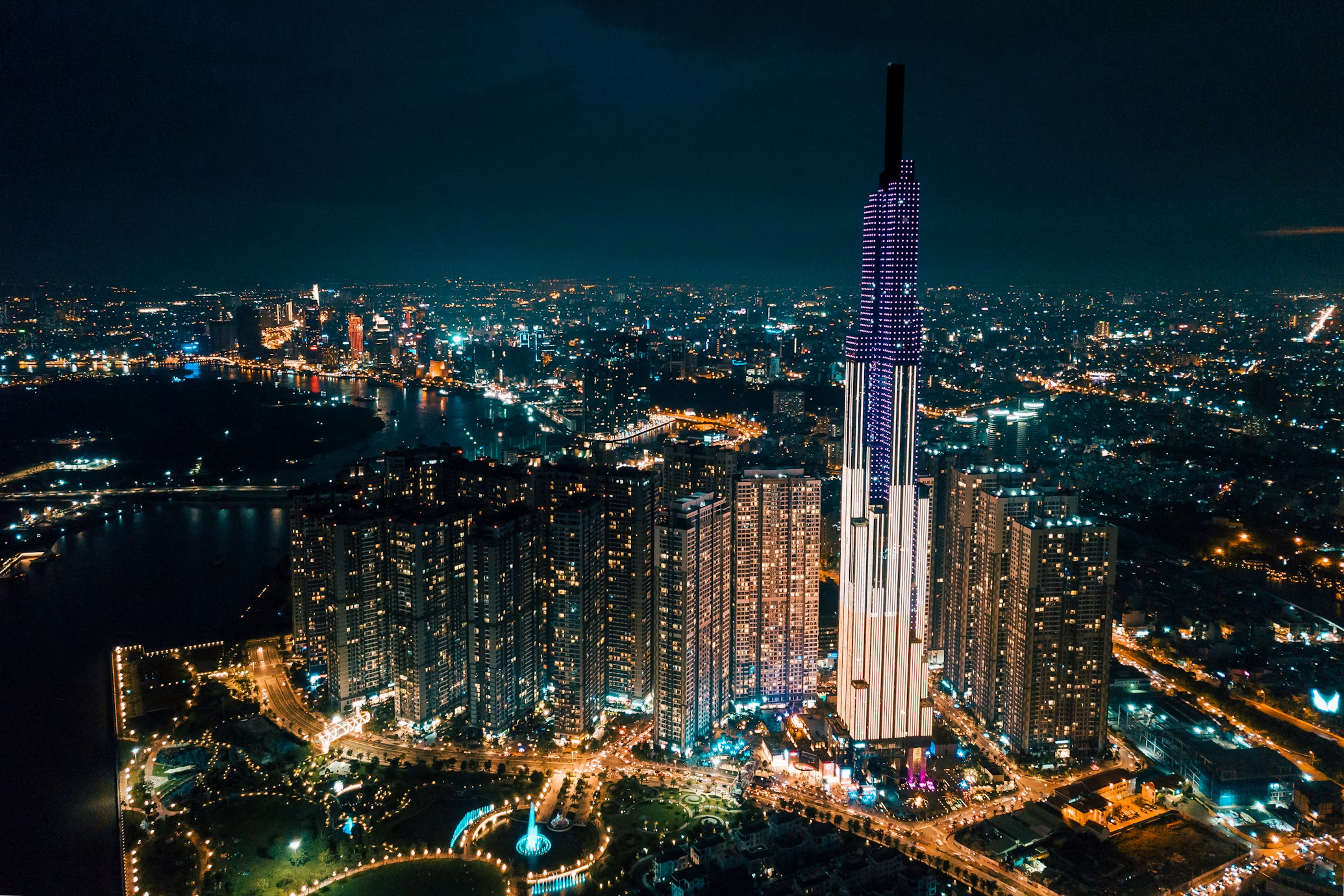

Phu Quoc Island: Tropical Paradise
Vietnam’s largest island offers pristine white sand beaches, crystal-clear waters, and a laid-back atmosphere perfect for relaxation. Phu Quoc has developed rapidly as a tourist destination while maintaining its natural beauty and charm. The island’s famous fish sauce production, pepper farms, and local night markets provide authentic cultural experiences beyond the beach.
Water activities abound, from snorkeling and diving in the surrounding coral reefs to island-hopping tours that explore the nearby uninhabited islets. The spectacular sunsets viewed from the western beaches create unforgettable memories for every visitor.


Sapa: Mountain Magic and Cultural Diversity
This remote mountainous region near the Chinese border offers some of Vietnam’s most spectacular scenery and authentic cultural encounters. Sapa’s terraced rice fields, carved into the mountainsides by ethnic minority farmers over centuries, create a landscape that changes dramatically with the seasons.
Trekking through local villages provides opportunities to meet Hmong, Red Dao, and other ethnic communities, each maintaining distinct traditions, languages, and colorful traditional dress. The challenging climb to Fansipan, Vietnam’s highest peak, rewards adventurous travelers with breathtaking panoramic views.
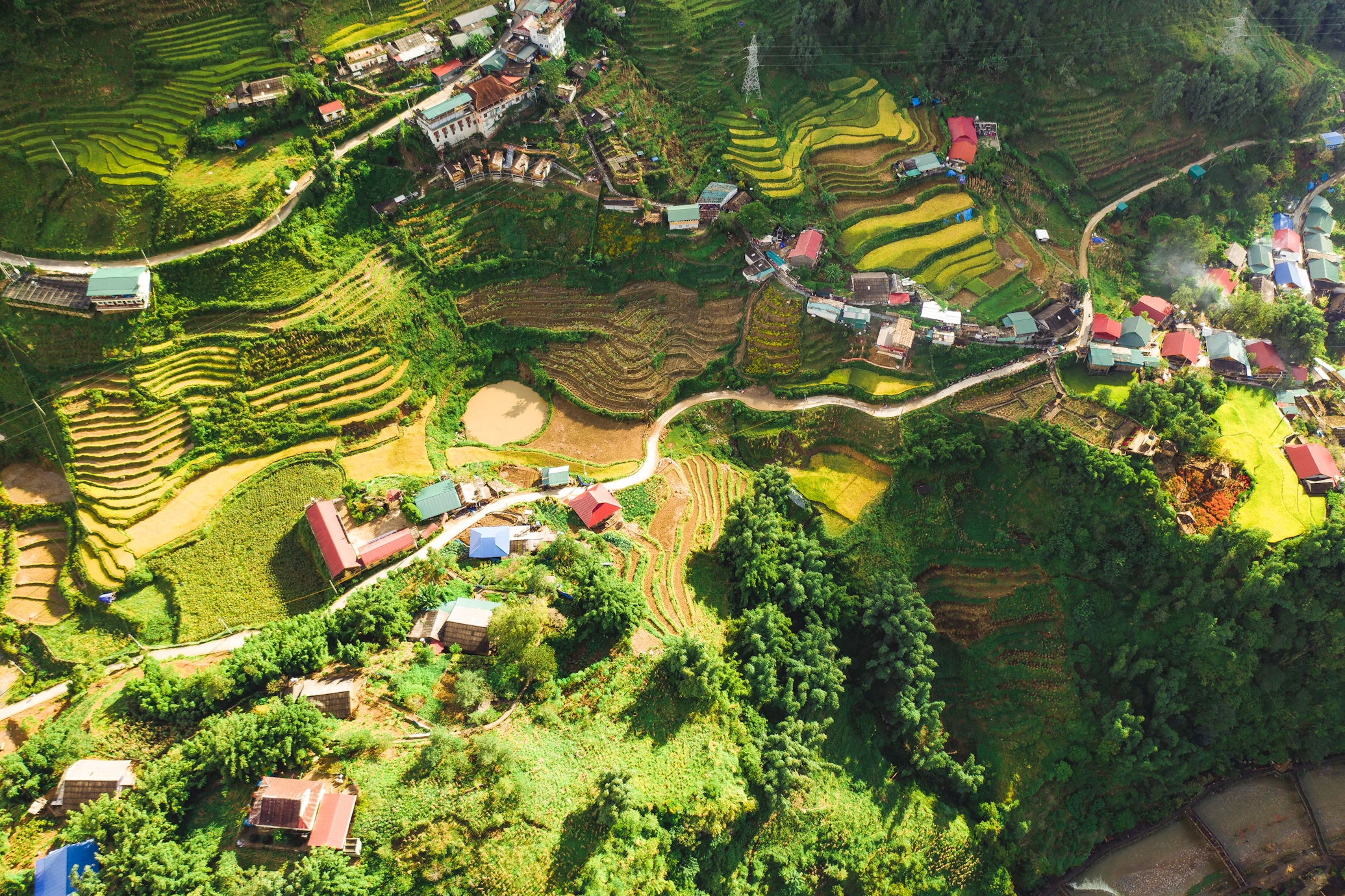

Best Time to Visit Vietnam
Understanding Vietnam’s climate is crucial for planning your Vietnam tour, as the country’s length creates distinct weather patterns across different regions. The north experiences four seasons, with cool winters (December-February) and hot, humid summers (June-August). Central Vietnam faces its rainy season from September to February, while the south maintains relatively stable tropical weather year-round.
For first-time visitors Vietnam, the ideal travel period is typically October through April, when most regions experience pleasant temperatures and minimal rainfall. However, this varies by destination. Northern Vietnam is most comfortable during spring (March-May) and autumn (September-November), when temperatures are mild and humidity levels are manageable.
The Tet holiday (Lunar New Year), usually falling in late January or February, offers unique cultural experiences but also brings challenges. Many businesses close, transportation becomes crowded and expensive, and accommodation prices spike. If you’re interested in experiencing this important cultural celebration, book well in advance and expect higher costs.
Central Vietnam’s weather is more unpredictable, with the possibility of typhoons between September and December. The dry season from February to August generally provides the best conditions for visiting Hue and Hoi An.
Navigating Vietnam: Transportation Tips
Vietnam’s transportation infrastructure has improved dramatically in recent years, making travel between major destinations increasingly convenient. Domestic flights connect all major cities efficiently, with Vietnam Airlines, Jetstar, and VietJet offering competitive routes. For a Vietnam travel guide perspective, flying saves considerable time for longer distances, though you’ll miss the scenic countryside views.
Train travel provides a more immersive experience, particularly the overnight sleeper trains between Hanoi and Ho Chi Minh City. The Reunification Express takes about 30 hours for the complete journey, but you can break it into segments. First-class sleeper cabins offer surprising comfort and are an excellent way to meet fellow travelers.
Within cities, transportation options vary significantly. Hanoi and Ho Chi Minh City can be overwhelming for newcomers due to the seemingly chaotic traffic dominated by motorbikes. Grab (Southeast Asia’s equivalent of Uber) provides reliable, affordable transportation with upfront pricing that eliminates haggling. Traditional taxis are also available, but ensure the meter is running or negotiate the price beforehand.
For the adventurous, renting a motorbike offers unparalleled freedom to explore rural areas and remote locations. However, this requires confidence in your riding abilities and awareness that traffic rules are more suggestions than strict requirements. Many travelers choose guided motorbike tours for their first Vietnamese riding experience.
Vietnamese Cuisine: What to Expect
Vietnamese cuisine deserves recognition as one of the world’s great culinary traditions, characterized by fresh ingredients, balanced flavors, and healthy cooking methods. Vietnam cuisine varies significantly by region, reflecting local ingredients and historical influences.
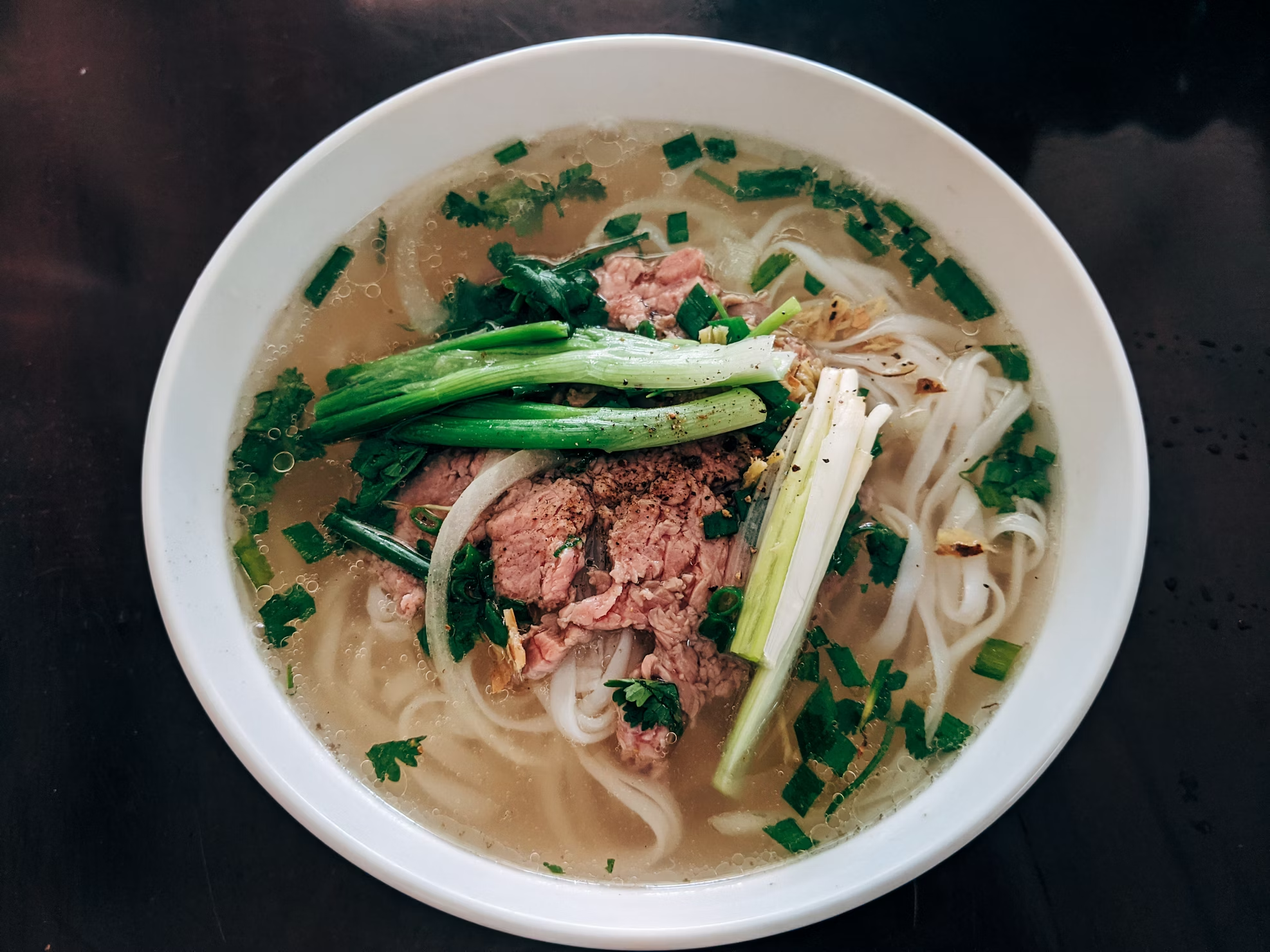

Pho, the iconic noodle soup, originated in northern Vietnam but has spread throughout the country with regional variations. Northern pho features a clear, refined broth with simple herbs, while southern versions include bean sprouts, lime, and additional aromatics. Banh Mi, the Vietnamese sandwich, showcases the French colonial influence with crusty baguettes filled with Vietnamese ingredients like grilled pork, pâté, pickled vegetables, and cilantro.
Central Vietnamese cuisine tends to be spicier and more complex, influenced by the imperial court traditions of Hue. Bun Bo Hue, a spicy beef noodle soup, represents this region’s bold flavors, while Cao Lau, found only in Hoi An, demonstrates how local ingredients create unique dishes.
Southern Vietnamese food incorporates more sugar and coconut, reflecting the region’s tropical abundance. Fresh spring rolls (Goi Cuon) served with peanut dipping sauce showcase the emphasis on fresh, uncooked ingredients that characterize this region’s cooking style.
Street food culture thrives throughout Vietnam, with some of the best meals found at tiny plastic stool establishments rather than fancy restaurants. Vietnamese coffee culture is equally important, with the traditional ca phe sua da (iced coffee with condensed milk) providing the perfect antidote to the tropical heat.
Cultural Etiquette and Local Customs
Respectful behavior enhances your travel experience and demonstrates appreciation for Vietnamese culture. When greeting locals, a slight bow or nod is more appropriate than physical contact, particularly with elders or the opposite gender. Learning basic Vietnamese phrases like “xin chao” (hello) and “cam on” (thank you) shows respect and often results in warmer interactions.
Dress codes become particularly important when visiting temples, pagodas, and other sacred sites. Cover your shoulders and knees, remove shoes before entering, and maintain quiet, respectful behavior. Many religious sites provide sarongs or coverings for inappropriately dressed visitors.
Bargaining is expected in markets and with street vendors, but approach it as a friendly negotiation rather than an aggressive confrontation. Start by offering about half the initial price and work toward a mutually acceptable amount. However, don’t bargain in restaurants, hotels, or establishments with fixed pricing.
Vietnamese culture places enormous importance on family relationships and respect for elders. Public displays of affection are generally discouraged, particularly among unmarried couples. Pointing with your finger is considered rude; use your whole hand when indicating direction.
Business cards should be received with both hands and examined respectfully before storing them carefully. This simple gesture demonstrates understanding of Vietnamese business etiquette and shows respect for the person offering their card.
Safety and Health Tips for First-Time Visitors
Vietnam is generally safe for tourists, with violent crime against foreigners being relatively rare. However, petty theft and tourist-targeted scams do occur, particularly in major cities and tourist areas. Keep valuables secure, avoid displaying expensive electronics or jewelry, and be wary of overly friendly strangers offering unsolicited help or deals.
Common scams include overcharging at restaurants (always check prices beforehand), fake tour operators, and motorcycle taxi drivers who take longer routes to inflate fares. Research reputable tour companies and accommodations before arrival, and book through verified platforms when possible.
Health preparations should include consulting a travel medicine specialist about recommended vaccinations. Hepatitis A and B, Japanese encephalitis, and typhoid vaccinations are commonly recommended, depending on your itinerary and planned activities. Comprehensive travel insurance is essential and should cover medical evacuation if necessary.
Tap water throughout Vietnam is not safe for drinking, so stick to bottled water or properly treated water. Be cautious with ice in drinks, particularly from street vendors. While Vietnamese street food is generally safe when served hot and fresh, avoid raw vegetables and fruits you haven’t peeled yourself.
The tropical climate can be challenging for visitors unaccustomed to high heat and humidity. Stay hydrated, use strong sunscreen, and take breaks in air-conditioned spaces during the hottest parts of the day. Mosquito-borne illnesses like dengue fever occur in Vietnam, so use insect repellent and wear long sleeves during dawn and dusk hours when mosquitoes are most active.
Budgeting for Your Vietnam Tour
Vietnam tour costs vary dramatically based on your travel style, but the country consistently ranks among the world’s most affordable destinations. Budget travelers can easily survive on $20-30 per day, including accommodation in dormitories or basic guesthouses, street food meals, and local transportation.


Mid-range travelers spending $50-80 daily can enjoy comfortable hotels, restaurant meals, guided tours, and occasional luxury experiences. This budget allows for private rooms with amenities, diverse dining experiences, and more convenient transportation options.
Luxury travelers will find exceptional value, with high-end resorts, gourmet dining, and private tours available at prices significantly lower than comparable experiences in Western countries. A luxury Vietnam itinerary might cost $150-250 daily but provides experiences that would cost much more in other destinations.
Money-saving strategies include eating where locals eat, using public transportation or shared rides, staying in locally-owned accommodations, and booking tours directly with operators rather than through hotel concierges. Avoiding tourist-trap restaurants and shopping in local markets rather than souvenir shops also significantly reduces costs.
The Vietnamese dong is the local currency, though US dollars are widely accepted in tourist areas. ATMs are readily available in cities and tourist areas, typically offering better exchange rates than currency exchange shops. Credit cards are increasingly accepted, but cash remains essential for street food, markets, and smaller establishments.
Tipping is not traditionally expected in Vietnam, but it’s increasingly common in tourist areas. Round up taxi fares, leave small amounts for helpful hotel staff, and tip tour guides who provide exceptional service. However, don’t feel obligated to tip at local restaurants or for basic services.
Responsible Tourism in Vietnam
Sustainable travel practices help preserve Vietnam’s natural beauty and cultural heritage while supporting local communities. Choose accommodations and tour operators that demonstrate environmental responsibility and contribute to local economies. Many eco-lodges and community-based tourism initiatives provide authentic experiences while directly benefiting local residents.
Plastic waste poses a significant environmental challenge throughout Southeast Asia. Bring a reusable water bottle, shopping bags, and utensils to minimize your plastic consumption. Many accommodations now provide water refill stations, and some restaurants offer biodegradable packaging.
Wildlife tourism requires careful consideration, as many animal encounters advertise unethical practices. Avoid elephant rides, bear farms, civet coffee farms, and other attractions that exploit animals for tourist entertainment. Instead, support ethical wildlife conservation projects and national parks that protect rather than exploit native species.
Support local economies by purchasing handicrafts directly from artisans, eating at family-owned restaurants, and staying in locally-owned accommodations. These choices ensure your tourism dollars benefit community members rather than large international corporations.
Respect for local customs and traditions contributes to responsible tourism. Learn about Vietnamese culture, dress appropriately, and engage respectfully with local communities. Ask permission before photographing people, particularly in rural areas or ethnic minority villages.
Conclusion
A Vietnam tour offers first-time visitors an incredible journey through one of Southeast Asia’s most diverse and fascinating countries. From the cultural richness of Hanoi and the natural splendor of Halong Bay to the imperial grandeur of Hue and the ancient charm of Hoi An, Vietnam provides experiences that satisfy every type of traveler.
The combination of affordable prices, stunning landscapes, delicious cuisine, and warm hospitality makes Vietnam travel an outstanding value proposition. Whether you’re seeking adventure in the mountains of Sapa, relaxation on the beaches of Phu Quoc, or cultural immersion in historic cities, Vietnam delivers authentic experiences that create lasting memories.
As you plan your Vietnamese adventure, remember that this remarkable country offers something special to every visitor willing to embrace its unique character. The sensory overload of busy streets, the tranquility of ancient temples, the complexity of flavors in every meal, and the genuine warmth of the Vietnamese people combine to create a travel experience unlike any other.
Vietnam offers a unique, enriching experience that every traveler should enjoy at least once in a lifetime. Start planning your Vietnam tour today, and prepare for a journey that will challenge your preconceptions, expand your horizons, and leave you with stories to share for years to come. The question isn’t whether you’ll love Vietnam, but rather when you’ll start planning your return visit to explore even more of this captivating country.
If you want an easy, safe, and authentic experience, you can book your tour with Aravinda Travel.
Contact Details:
- Website: aravindatravel.com
- Facebook: Aravinda Travel – Loyal DMC in South East Asia
- Email: info@aravindatravel.com
- 24/7 Hotline: +84 989 383 572

